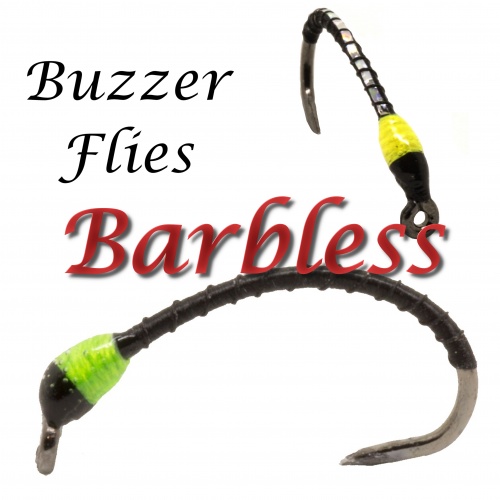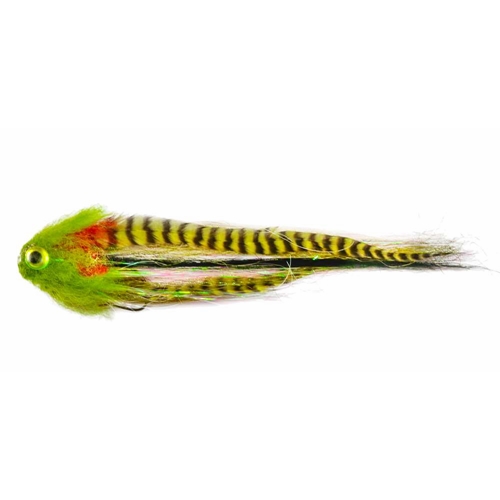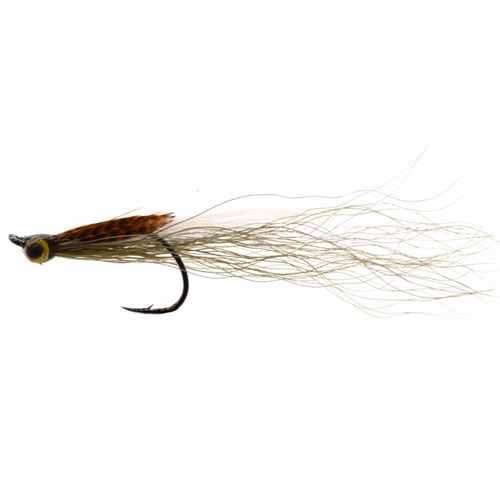This series of four blogs on fly fishing mayflies will, we hope, give you a better grasp of what they are all about, and furnish you with some valuable data for your angling pursuits.
From the nymph stage, the mayfly emerges from its underwater habitat and hatches into a winged adult. Subsequently it will live out two separate and distinct winged stages. During the first of these adult stages the mayfly is called a dun. It can now fly, but is not yet sexually mature and ready to propagate the species. Adult mayfly duns are notable for their dull coloration, specific to their species, their long and tailed abdomens, and opaque, upright wings. Mayfly duns observed resting on the surface film have been compared metaphorically to tiny sailboats bobbing with the river's current.
Once enough time has passed (which can be anything from an hour to a few days), a dun will undergo a final moult, shedding its outer layer to reveal a sexually mature spinner. At this stage, it will find and attract a mate. Females will deposit their eggs on the surface of the water and fall to the water as a "spent spinner." During this sexually mature life stage, richer, more vibrant colouration can be seen on mayflies. In general spinners are dark brown, reddish, or rust coloured, but many species display creams, greens, olives, and even brilliant whites during this stage. Despite the wide variety of species colour, all mayfly spinners are can be easily identified by their large transparent wings, which is quite different from opaque wings of the dun stage.
More on fly fishing mayflies next time.



















